In the world of hauling, efficiency, safety, and operational effectiveness are paramount. Among the many critical components of a trailer, the dump valve on spread axle trailers stands out as an essential feature that significantly enhances performance. This article delves into the necessity and functionality of dump valves, specifically within the context of spread axle trailers, assessing why they are indispensable for both manufacturers and operators.
What is a Dump Valve?
A dump valve, often referred to as a pressure relief valve or a pop-off valve, is a mechanism designed to control the airflow in air suspension systems. Its primary purpose is to regulate the air pressure within the suspension, ensuring that the trailer maintains an optimal ride height and stability during operation.
Key Features of Dump Valves
| Feature | Description |
|---|---|
| Pressure Regulation | Maintains appropriate air pressure levels to avoid suspension sagging. |
| Quick Dump | Allows fast release of air from the system, crucial when unloading. |
| Safety Functionality | Prevents over-pressurization of air systems, reducing the risk of damage. |
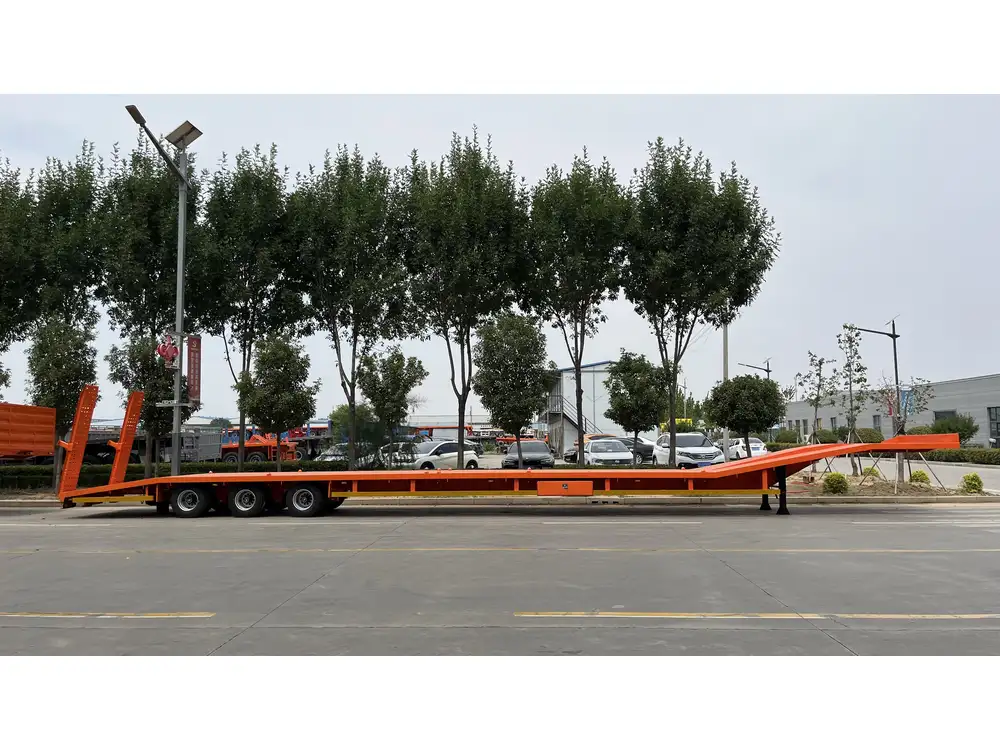
Why Integrate a Dump Valve in Spread Axle Trailers?
Spread axle trailers have distinct characteristics that differentiate them from their traditional counterparts, particularly in weight distribution and stability. The implementation of dump valves in these trailers is not just a recommendation, but rather a necessity for optimal performance.
Enhanced Load Distribution
The primary advantage of a spread axle trailer is its ability to distribute weight more evenly. This design minimizes wear and tear on tires and suspension systems. However, without a dump valve, achieving the correct height and pressure can be cumbersome.
Benefits of Enhanced Load Distribution:
- Reduced Tire Wear: Proper air pressure maintains tire integrity, extending their usable life.
- Increased Stability: Proper weight distribution aids in reducing swaying or tipping during transport.
- Improved Maneuverability: Enhances control when entering curves or navigating tight spaces.

Increased Unloading Efficiency
The offloading process is crucial in the transportation industry. A dump valve greatly facilitates unloading by allowing rapid deflation of the air suspension system. This results in a lower trailer height, easing the process of unloading and improving overall turnaround times.
Efficiency Gains:
- Time Savings: Rapid unloading minimizes downtime and contributes to faster delivery schedules.
- Reduced Physical Strain: Drivers benefit from less physical strain when positioning the trailer for unloading, as a lower trailer height eases alignment with unloading equipment.
Operating Mechanism of Dump Valves
Understanding how dump valves function is vital in appreciating their benefits. When air pressure is manually or automatically released through the valve, the air suspension system deflates, causing the trailer to lower.
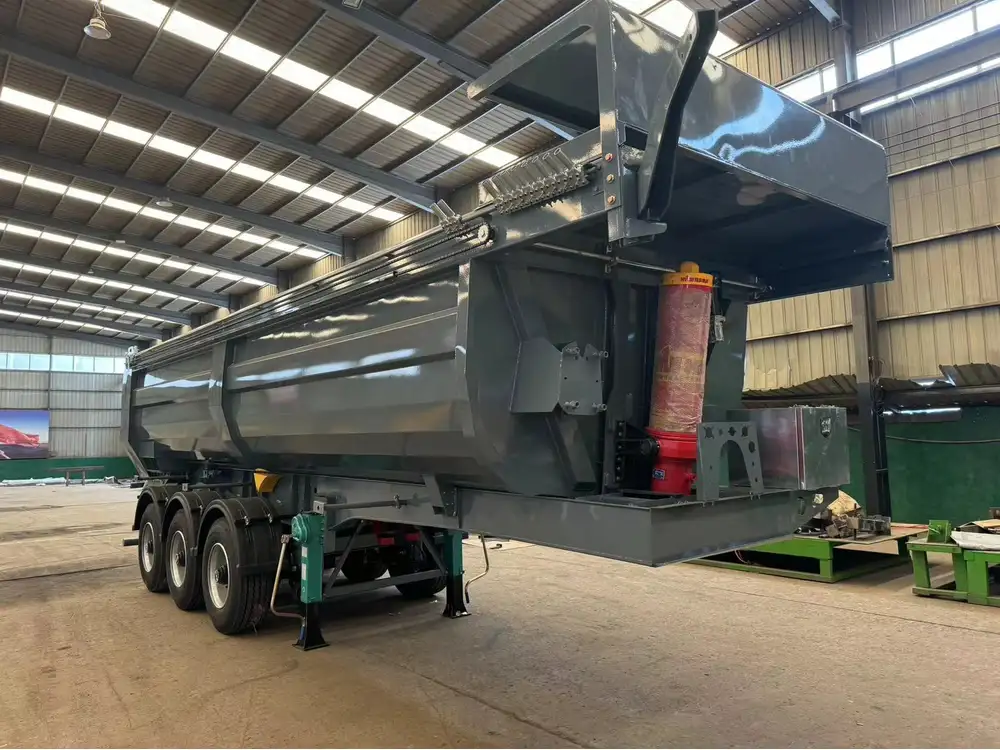
Components of a Dump Valve System
- Air Compressor: Maintains the air pressure necessary for normal operation.
- Air Tanks: Store air used to maintain suspension height.
- Actuator: Engages the dump function, either manually by the driver or automatically via control systems.
Operation Phases:
- Normal Operation: The air compressor maintains required pressure, keeping the suspension at optimal height.
- Dump Phase: When unloading is required, the valve opens, allowing air to escape, lowering the trailer for easier unloading.
- Re-inflation: Once unloading is completed, the compressor re-inflates the system to the desired height for continued travel.
Safety Implications of Dump Valves
Incorporating a dump valve in spread axle trailers also plays a critical role in safety—both for the driver and for other road users.
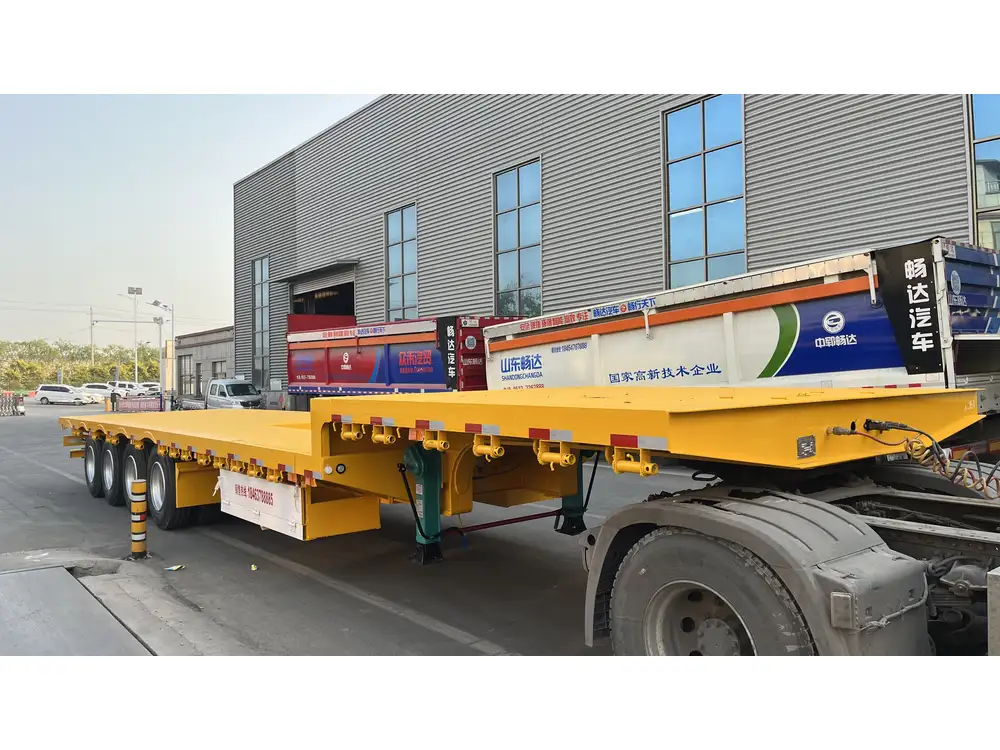
Prevention of Over-Pressurization
Without a dump valve, the risk of over-pressurization increases, leading to potential system failures. The pressure relief function of the dump valve ensures that excess air is released, preventing catastrophic failures in air suspension systems.
Safety Statistics:
- Accident Reduction: Properly functioning dump valves are crucial for maintaining vehicle stability during transport, contributing to lower accident rates.
Impact on Road Safety
An accurately placed trailer height can substantially affect braking performance and visibility. Dump valves help ensure that trailers are set to the appropriate levels, significantly enhancing road safety.

Maintenance Considerations for Dump Valves
Proper maintenance of dump valves is essential to ensure their longevity and effectiveness. Neglecting maintenance can lead to failure in the air suspension system, thus undermining the advantages that these systems provide.
Routine Checks
- Visual Inspections: Regularly check for visible damage or leaks in the dump valve.
- Functionality Tests: Periodically test the operation of the valve to ensure it engages and disengages properly.
Signs of Potential Problems
| Symptom | Possible Issue |
|---|---|
| Unusual Air Leaks | Damaged valve seals or gasket |
| Inconsistent Lowering | Faulty actuator or control system |
| Excessive Pressure | Malfunctioning pressure regulator |
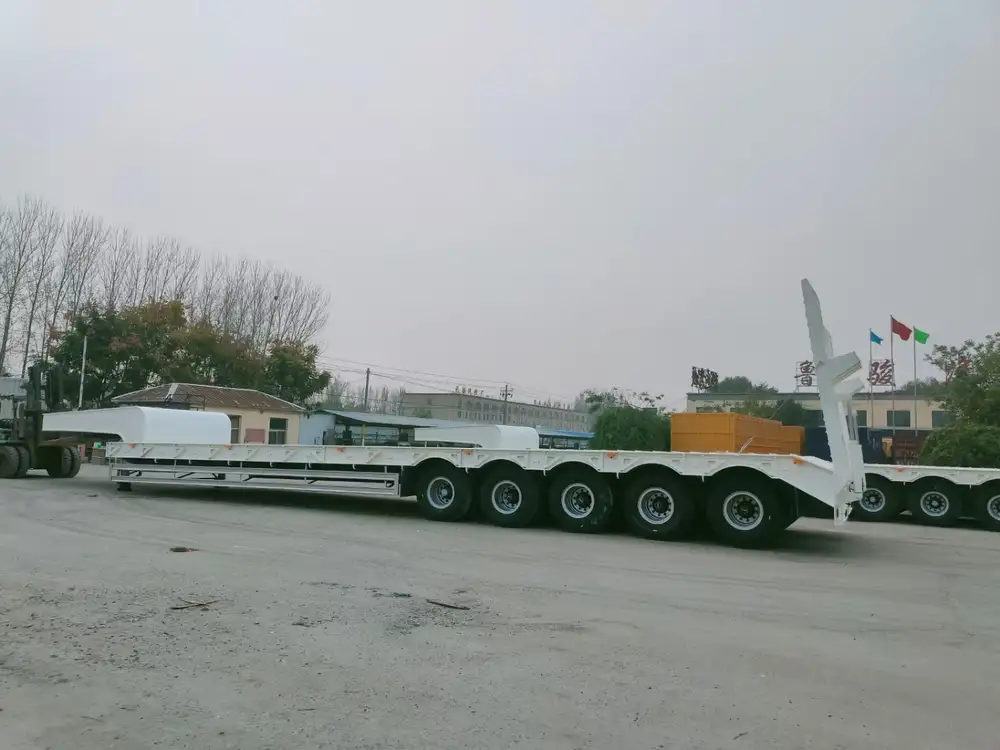
Comparative Analysis: Dump Valves vs. Traditional Suspension Systems
Understanding how dump valves stack up against traditional systems in trailers can clarify their value.
Comparison Overview:
| Feature | Dump Valve Systems | Traditional Suspension Systems |
|---|---|---|
| Adjustability | High – Allows for multiple height adjustments | Limited – Fixed height only |
| Efficiency | Facilitates quick unloading | Slower unloading process |
| Cost-Effectiveness | Long-term savings in maintenance and tire wear | Potentially higher long-term costs |
Case Studies: Benefits in Real-Life Applications

Case Study 1: Long-Haul Freight Company
A leading long-haul freight company implemented spread axle trailers equipped with dump valves. They observed a 20% reduction in tire wear over six months, attributing this improvement to enhanced weight distribution capabilities facilitated by dump valves.
Case Study 2: Construction Material Transport
A construction company integrated dump valves into its fleet of spread axle trailers. This adjustment enabled them to reduce offloading times significantly, improving project turnaround by 15%.
Frequently Asked Questions
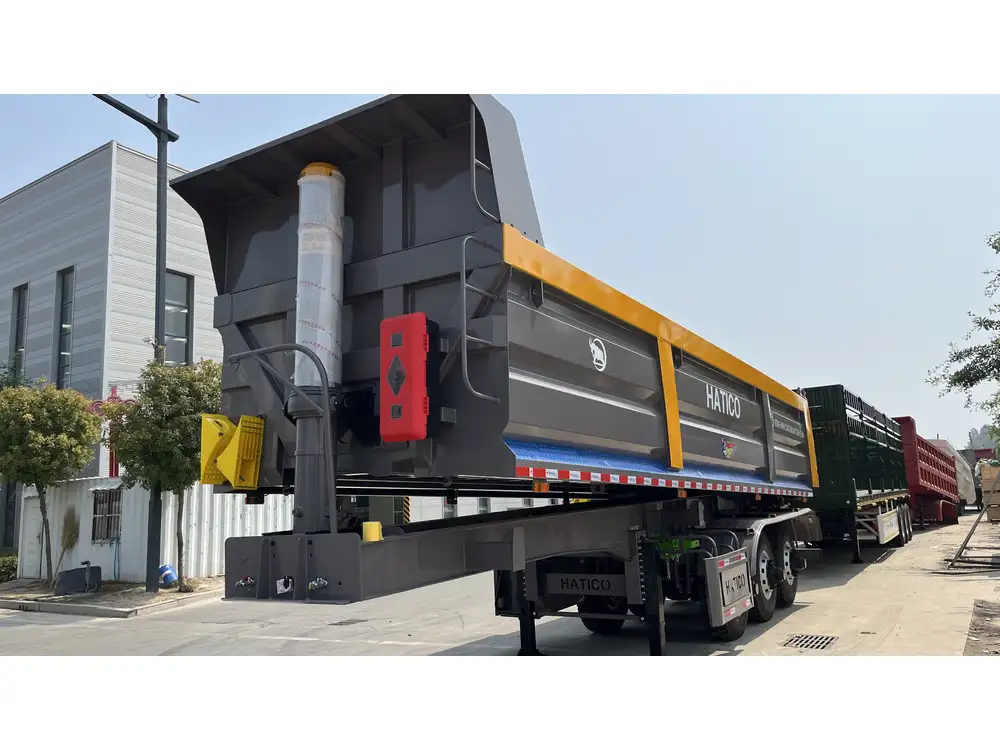
1. Do all spread axle trailers require dump valves?
While not all trailers require them, they are highly recommended for those involved in unloading heavy loads frequently.
2. How often should dump valves be inspected?
Regular inspections should be conducted every three months or more frequently when used in tough environments.
3. Can I retrofit a dump valve to an existing trailer?
Yes, retrofit options are available and can significantly enhance the functionality of existing trailers.
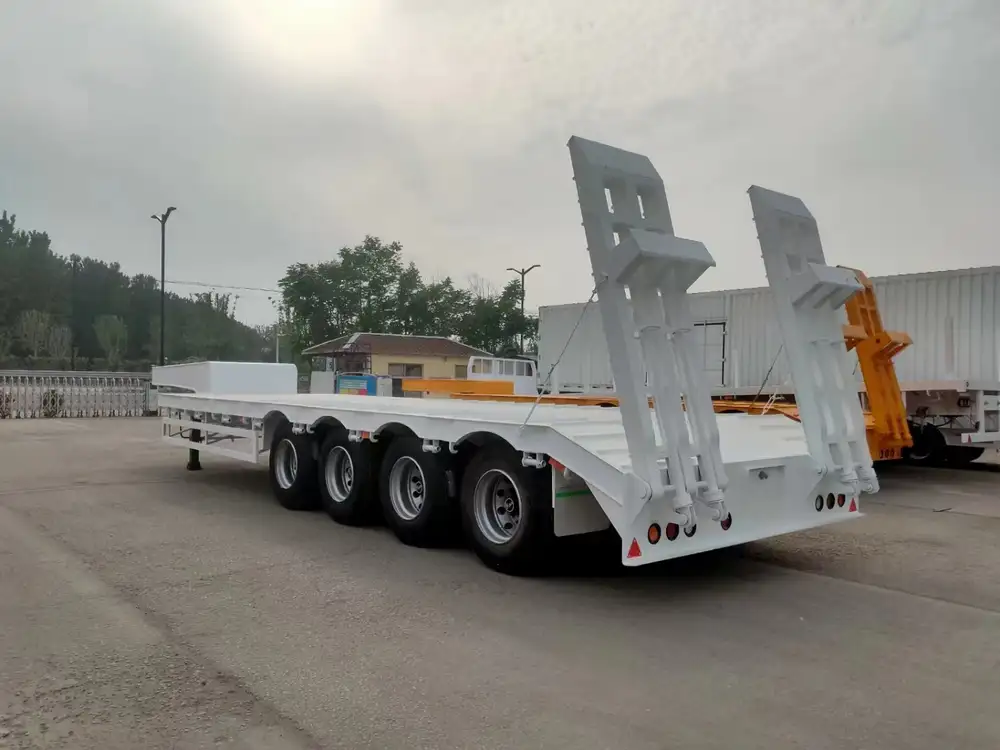
Conclusion: The Indispensable Role of Dump Valves
In conclusion, the integration of dump valves into spread axle trailers emerges not just as a luxury but as an essential component for ensuring operational efficiency, safety, and economic viability. From improved load distribution to enhanced unloading efficiency and safety measures, dump valves serve multiple crucial functions in the transport industry.
For trailer manufacturers and operators aiming for success in today’s competitive landscape, embracing the technology that dump valves offer is a strategic move. With significant advantages in efficiency, safety, and maintenance, it becomes clear: dump valves are not merely an additional feature; they are an integral part of the modern trailer ecosystem.
By recognizing and harnessing the benefits of dump valves, we can drive forward into a more efficient and safer future in transportation.



